

 |
Search the Site with

|
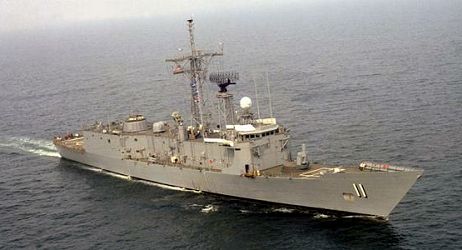 | 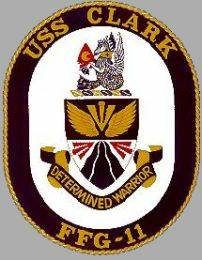 |
USS CLARK was the fifth ship in the OLIVER HAZARD PERRY class and the third PERRY class guided missile frigate built by Bath Iron Works. In the mid-1990th, USS CLARK became part of the Naval Reserve Force and was finally decommissioned on March 15, 2000. The same day, USS CLARK was transferred to the Polish navy where she became the second-largest ship in the fleet. She was recommissioned as ORP GENERAL K. PULASKI. USS CLARK was homeported in Norfolk, Va.
| General Characteristics: | Keel Laid: July 17, 1978 |
| Launched: March 24, 1979 | |
| Commissioned: May 9, 1980 | |
| Decommissioned: March 15, 2000 | |
| Builder: Bath Iron Works, Bath, Maine | |
| Propulsion system: two General Electric LM 2500 gas turbines, two 350 Horsepower Electric Drive Auxiliary Propulsion Units | |
| Propellers: one | |
| Blades on each Propeller: five | |
| Length: 445 feet (133.5 meters) | |
| Beam: 45 feet (13.5 meters) | |
| Draft: 24,6 feet (7.5 meters) | |
| Displacement: 4,100 tons | |
| Speed: 28+ knots | |
| Aircraft: one | |
| Armament: one Mk 13 guided missile launcher (36 Standard (MR) and 4 | |
| Crew: 17 and 198 Enlisted |
Crew List:
This section contains the names of sailors who served aboard USS CLARK. It is no official listing but contains the names of sailors who submitted their information.
About the Ship's Coat of Arms:
 The navy blue and gold on the shield of the coat of arms are the traditional colors of the U.S. Navy and the Academy of which Admiral Clark was a graduate. The pheons (arrowheads) represent the three wars in which he served. The upper pheon and wings allude to the ship's airborne weapons systems as well as to the Admiral's career-long interest in naval aviation and his skill as a navigator and battle tactician. The pheons further are symbolic of the weapons system of CLARK, and the ability to strike the enemy from great distances.
The navy blue and gold on the shield of the coat of arms are the traditional colors of the U.S. Navy and the Academy of which Admiral Clark was a graduate. The pheons (arrowheads) represent the three wars in which he served. The upper pheon and wings allude to the ship's airborne weapons systems as well as to the Admiral's career-long interest in naval aviation and his skill as a navigator and battle tactician. The pheons further are symbolic of the weapons system of CLARK, and the ability to strike the enemy from great distances.
The winged sea horse on the crest is a symbol of Admiral Clark's career, relating to his close and long association with the air arm of the U.S. Navy and to his foresight and mastery of the combat tactics of air weapons systems. The thirteen stars denote his World War II campaign participation, the collar bearing the cross represents his highest award, the Navy Cross. The arrowhead refers to his home state of Oklahoma and to his Cherokee Indian heritage; the decresent simulates the initial letter of his last name.
About the Ship's Name, about Admiral Joseph J. "Jocko" Clark:
"Part Cherokee, part Southern Methodist, but all fighter," Admiral Joseph James (Jocko) Clark, bold aircraft carrier commander and World War II hero, was thus described by the Navy historian Samuel Eliot Morison.
The legendary admiral forged a distinguished reputation as a fearless, aggressive leader and brilliant tactician during a 40 year career from service as Deck Officer, to pilot, to Fleet Commander.
Admiral Clark served as Executive Officer of the USS YORKTOWN; then he was designated the first Commanding Officer of two new carriers: USS SUWANEE and the new USS YORKTOWN. Later during World War II, he commanded a carrier task group. During the Korean War he commanded TASK FORCE 77, and was eventually assigned as Commander of the Seventh Fleet.
During World War I, Admiral Clark served on board the cruiser USS NORTH CAROLINA on Atlantic convoy duty. Subsequently, he served on board the USS AARON WARD, which was built at the Bath Iron Works, as was the ship that bears his name. Admiral Clark assumed command of the destroyer USS BROOKS in 1921. In 1925 he was designated a Naval Aviator, and thus commenced the chapter of his career in which he helped to pioneer developments in aviation tactics and doctrine that eventually proved successful in World War II. He was advanced to the rank of Admiral on the basis of the many citations he received in combat during World War II.
Admiral Clark retired from active duty on 1 December 1953. He died 13 July 1971 in St. Albans, New York.
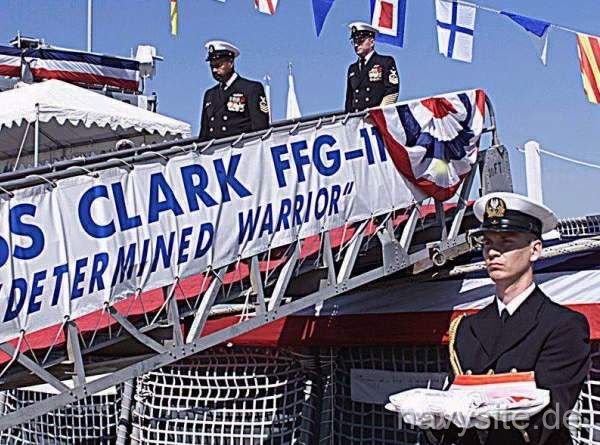
USS CLARK Image Gallery:
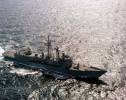 | 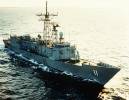 |
On March 15, 2000, USS CLARK was decommissioned and transferred to the Polish Navy. On June 25, 2000 - the Polish Navy Day - CLARK was officially renamed ORP GENERAL K. PULASKI. In June 2002, ORP PULASKI participated in BALTOPS 2002. The photos below were taken by me and show the PULASKI at Naval Base Kiel, Germany. The port visit marked the end of the exercise and was conducted from June 21-24, 2002.
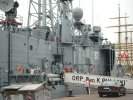 | 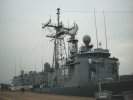 | 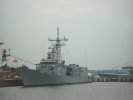 | 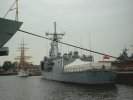 | 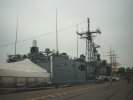 |
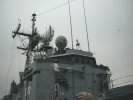 | 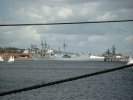 |  |
The photos below were taken by Rob van Kan and show the USS SIMPSON (FFG 56) and the USS CLARK as ORP PULASKI at Antwerp, Belgium, on April 15, 2006. At that time, both ships operated as part of NATO's SNFL. The photo on the left nicely shows the differences between the PERRY long- and short-hull versions.
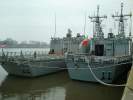 | 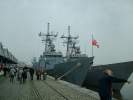 | 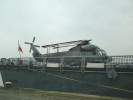 |
The photos below were taken by Michael Doehring and show the ORP GENERAL K. PULASKI at Warnemuende, Germany, on March 1, 2019, while assigned to SNMG1.
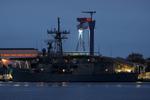 | 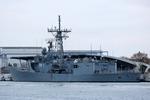 | 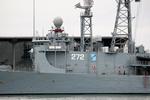 | 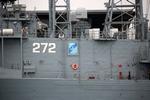 | 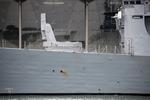 |
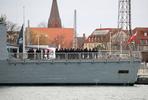 | 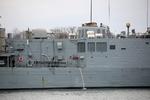 | 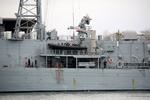 |  | 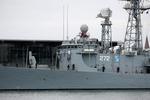 |
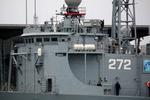 | 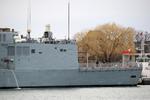 | 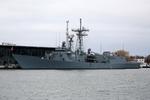 | 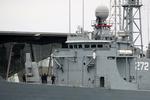 |
The photos below were taken by me and show the ORP GENERAL K. PULASKI departing Naval Base Kiel, Germany, on June 9, 2019, to participate in exercise BALTOPS 2019.
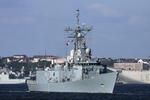 | 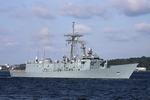 | 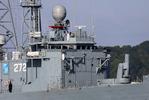 | 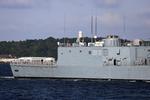 | 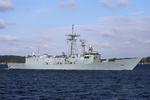 |
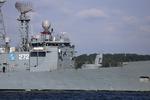 | 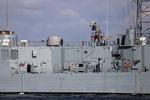 | 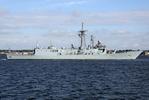 | 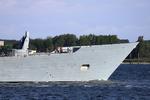 | 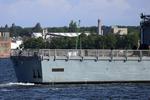 |
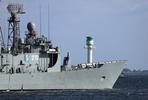 | 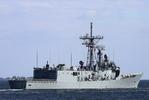 |
 Back to Frigates list.
Back to Frigates list.  Back to ships list.
Back to ships list.  Back to selection page.
Back to selection page.  Back to 1st page.
Back to 1st page.